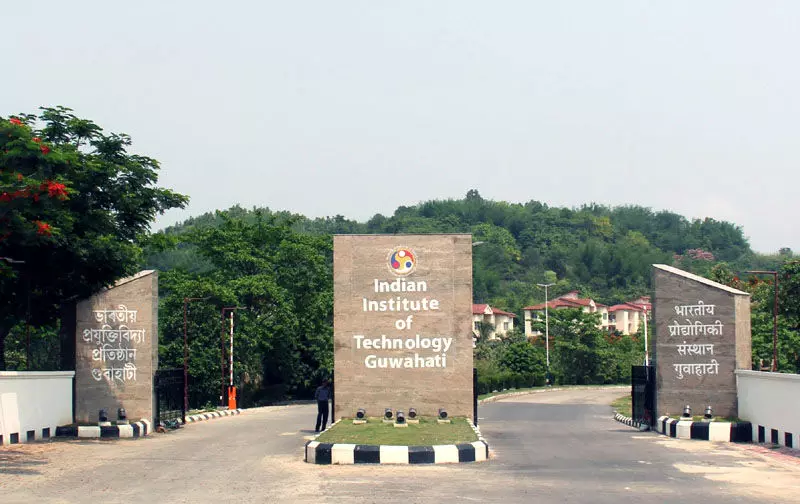How IIT-G researchers are using nanotechnology to counter threat posed by higher triglycerides
High triglyceride levels (hypertriglyceridemia) can result in serious health issues, including atherosclerosis
By Neelambaran A
IIT Guwahati
New Delhi: Triglycerides are the most common type of fat in the human body which serve as an important energy source and help in the proper functioning of the body. The human body converts any excess calories it doesn't immediately need into triglycerides, which are stored in the fat cells for later use.
However, high triglyceride levels (hypertriglyceridemia) can result in serious health issues, including atherosclerosis, a condition when fatty deposits build up in the artery wall.
When the walls are deposited with fat, the path narrows and the heart works harder to pump blood, leading to elevated blood pressure. Further, this can lead to heart-related ailments and result in heart attacks.
The recent development by the researchers of the Indian Institute of Technology, Guwahati (IIT-G), by using nanotechnology to improve the detection of triglycerides is bringing hope to counter the threat posed by higher triglycerides.
On several occasions, people remain unaware of their elevated triglyceride level, resulting in unexpected health complications. Until now, a methodology to predict the possibility of higher triglyceride levels is not available. People have to depend on laboratories to undergo traditional lipid profile testing, which is time-consuming.
To overcome these shortcomings and as a step towards closely monitoring the abnormalities of cholesterol and triglycerides, the researchers have utilized a combination of nanotechnology and molecular detection.
By integrating Surface-Enhanced Raman Scattering (SERS) on the nanoscale objects, the research has found a method to detect abnormalities in cholesterol and triglycerides. These findings, authored by authored by Dr. Mitali Basak, Prof. Dipankar Bandyopadhyay, and Prof. Harshal B. Nemade have been published in Biosensors and Biosciences, a reputed journal.
“The recent advent of the low-cost and portable Raman spectroscopy devices opens the possibility of utilization of these sensors for the real-time monitoring of HDL, LDL, VLDL, and TGA at patients’ sites that may help and mitigate the cardiovascular diseases before even their onset if not at the acute stage. Further, IPR of such technologies will enable indigenization of such high-precision gen-next sensors for the development of our auto-analyzers, which are presently imported from abroad”, Prof. Dipankar Bandyopadhyayone of the authors of the research said.
The researchers validated the superior performance of their silver-gold nanorods (Ag–Au NRs) through both experiments and advanced simulations. Due to the unique coupling of silver and gold, these nanorods showed enhanced light interaction properties, known as localized surface plasmon resonance (LSPR). This combination amplified signals 20 to 50 times more effectively than using gold nanorods alone, proving their significant advantage for applications like nano-enabled SERS.
Through rigorous testing and advanced computer simulations, the researchers have demonstrated that the hybrid silver-gold nanorods (Ag-Au NRs) outperformed existing alternatives. The strategic pairing of silver with gold created nanorods with exceptional light-matter interactions, specifically in their localized surface plasmon resonance (LSPR). When compared to traditional gold nanorods, these hybrid structures amplified signals by a factor of 20 to 50, making them particularly valuable for SERS)l and other nano-scale applications.
This method opens up the door for molecular diagnostics, contrary to the trading testing process followed. With enhanced precision and sensitivity in carrying out the tests and predicting the onset of cholesterol and triglyceride, people can prevent cardiovascular diseases at the site of the patient.